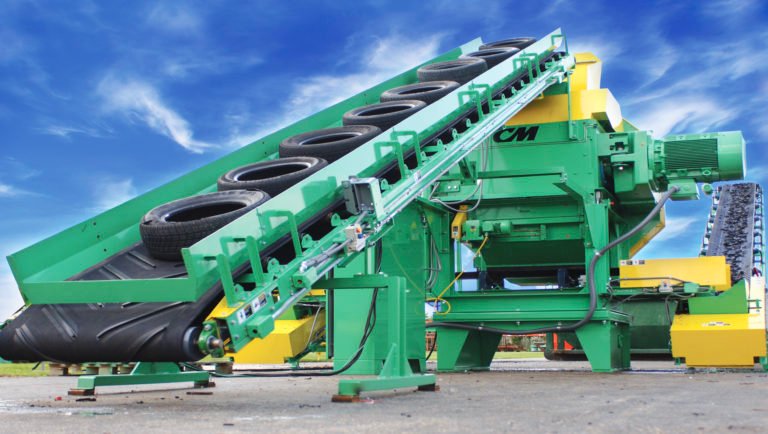How Airport Seating Manufacturers Design for Passenger Comfort and Efficiency
Airports are among the busiest hubs in the world, serving millions of passengers every year. From business travelers to families on vacation, everyone needs a place to rest, wait, or work before boarding their flight. Seating is a crucial element of this experience, yet it often goes unnoticed until it fails to deliver comfort or practicality. Modern airport seating is the result of years of research, innovation, and thoughtful design. This article explores how airport seating manufacturers create solutions that balance passenger comfort with operational efficiency.
Passenger expectations have evolved significantly over the past decade. Today, travelers expect not just a place to sit but a well-considered environment that supports relaxation, productivity, and inclusivity. A reputable airport seating manufacturer understands that these needs vary widely depending on the type of traveler, the length of their wait, and the cultural context of the airport itself. Therefore, manufacturers conduct extensive studies to assess ergonomic requirements, space utilization, and behavioral patterns to inform the design of their seating systems.
Balancing Comfort and Durability
One of the first considerations in airport seating design is comfort. Passengers often spend hours in terminals, so seats must support a variety of postures. Manufacturers focus on seat depth, backrest angle, cushioning, and materials that provide support without excessive softness. For example, ergonomically contoured seats reduce pressure points and encourage proper circulation during long waits.
However, comfort cannot compromise durability. Airport seating endures heavy use and frequent cleaning, requiring materials that withstand wear and tear while maintaining their appearance. High-quality upholstery fabrics, powder-coated metals, and impact-resistant plastics are among the most commonly used components. These materials are chosen not only for strength but also for ease of maintenance and resistance to vandalism or accidental damage.
Maximizing Space and Flow
Airport terminals have limited space that must accommodate thousands of passengers at once. Seating must therefore be configured to optimize traffic flow and allow for efficient cleaning and maintenance. Modular systems have become a preferred solution, offering flexibility to reconfigure layouts as passenger needs change. For example, during peak travel seasons, rows of seats can be arranged more densely, while off-peak times may allow for more relaxed, spacious layouts.
In addition to physical configuration, manufacturers consider visual cues that help guide movement. Clear pathways, designated waiting areas, and integrated signage all contribute to better passenger circulation and a sense of order in busy terminals.
Supporting Technology and Connectivity
Travelers increasingly rely on mobile devices to stay connected, access entertainment, and work while they wait. Recognizing this trend, airport seating manufacturers have integrated power outlets, USB ports, and wireless charging stations directly into seating units. These features reduce competition for scarce power points and enhance the overall passenger experience.
Lighting is another important element. Proper illumination not only improves safety but also makes seating more inviting. Task lighting built into seating clusters allows passengers to read or work comfortably without disturbing others.
Enhancing Inclusivity and Accessibility
Modern airports must be welcoming to all passengers, regardless of age or ability. Seating designs incorporate accessibility standards, providing spaces for wheelchair users and ensuring that seat heights accommodate those with limited mobility. Armrests, grab bars, and contrasting colors help passengers with visual or physical impairments navigate seating areas more confidently.
Children’s needs are also considered. Family-friendly seating often includes playful colors and nearby spaces for strollers and luggage, making travel less stressful for parents.
Reflecting Local Identity and Aesthetics
While functionality is essential, airport seating can also help create a unique sense of place. Manufacturers often collaborate with designers and architects to develop seating systems that reflect regional culture and complement the overall architectural vision of the terminal. Colors, materials, and shapes may be selected to evoke local landscapes, art, or heritage, enhancing the traveler’s sense of arrival.
Conclusion
The next time you sit down to wait for a flight, take a moment to consider the thought that went into your seat. Every curve, cushion, and connection point represents countless hours of design, testing, and refinement. Airport seating manufacturers play a critical role in shaping the passenger experience, balancing comfort, durability, and efficiency in equal measure. Their work ensures that terminals are not just functional spaces but welcoming environments that support the diverse needs of today’s global travelers.







